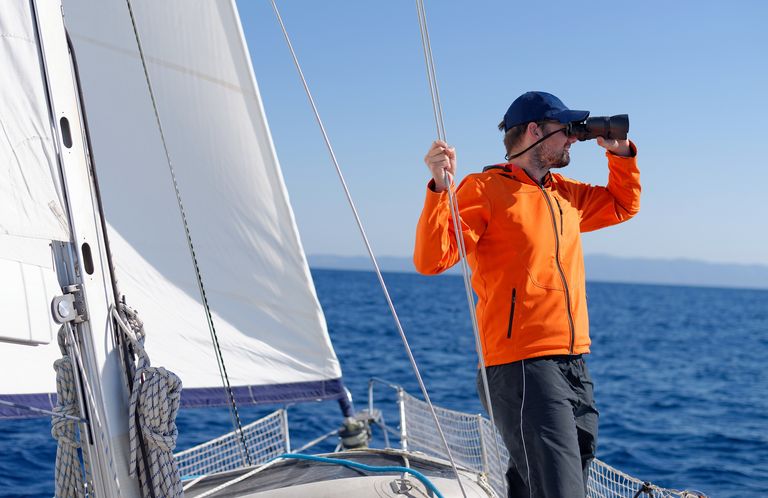How to Launch a Boat By Yourself: A Step-by-Step Guide
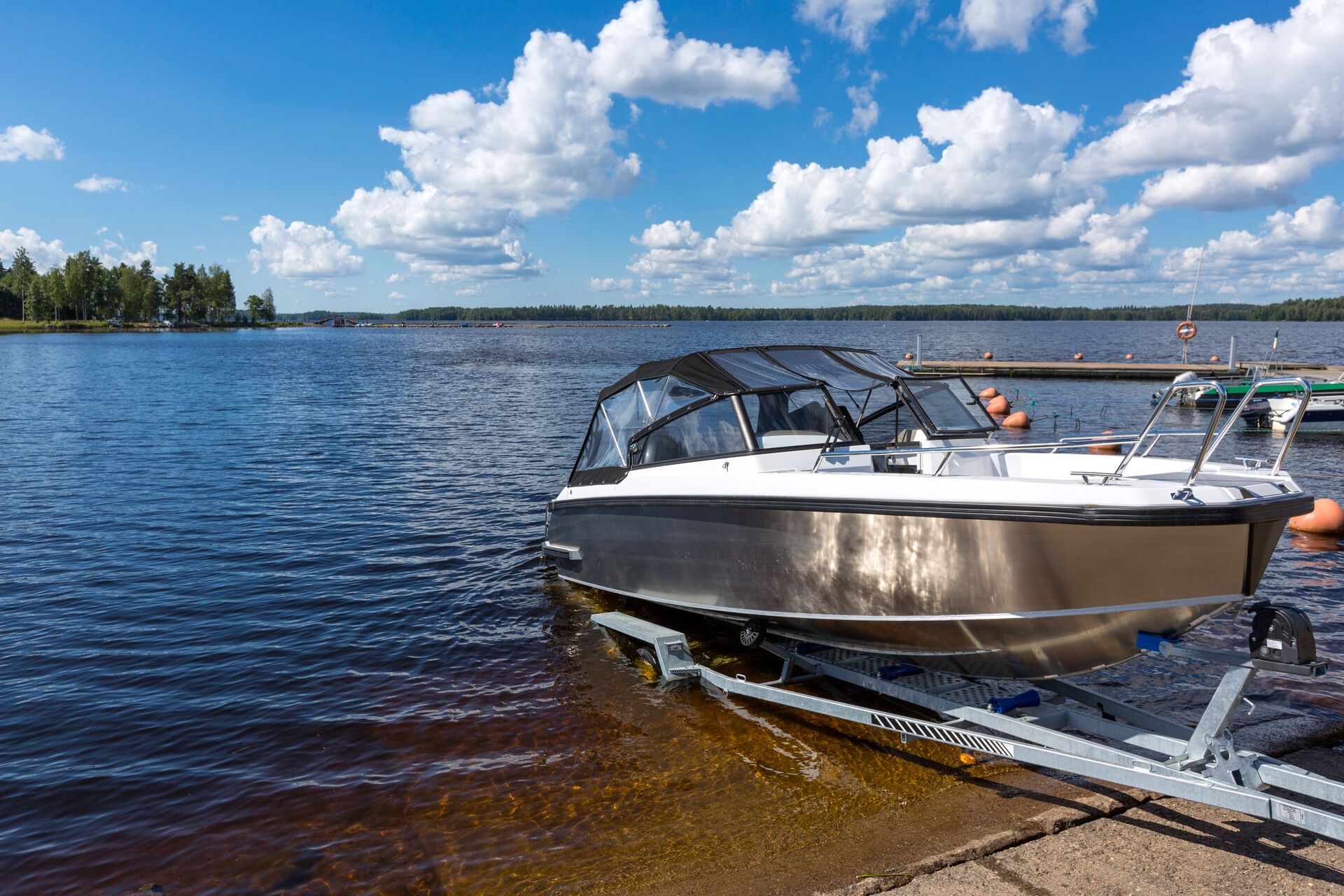
Enjoying time on your boat can be fun, but what if you're planning a solo day on the water? In those situations, knowing how to launch a boat by yourself is crucial.
Even if you're meeting other boaters at a specific time and location, you may still need to get your boat safely into the water.
Here are some things to consider when launching your boat so you can take minimal risks, enjoy a day on the water, and spend your time boating safely.
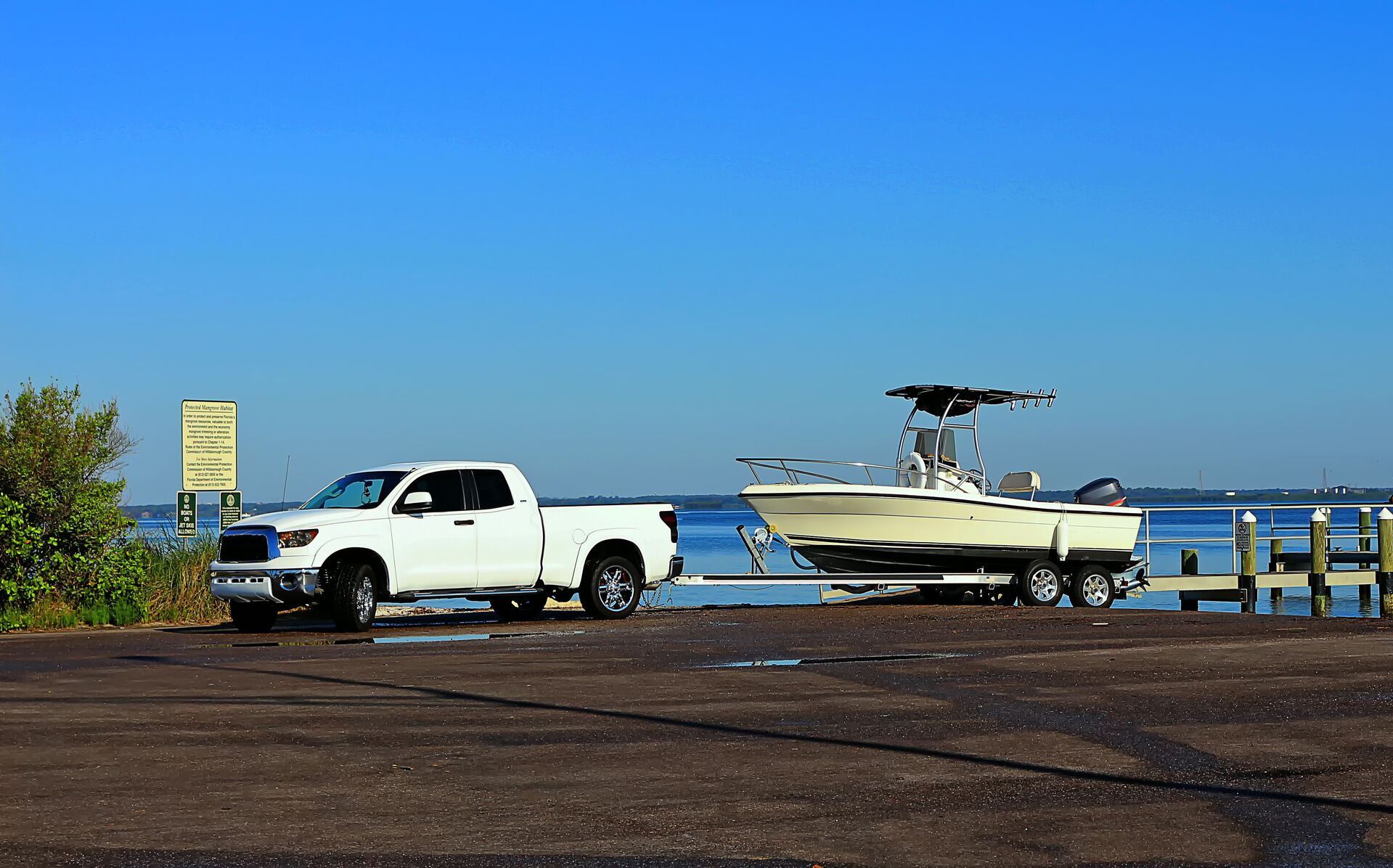
Preparation is Key
Being prepared is one of the most important things you can do when launching a boat. Before the launch, check your gear, ensure the vessel is correctly loaded on the trailer, and secure any loose items.
Before arriving at the ramp, attach the drain plug and inspect your lights, trailer, and tie-downs for safety. Many people check these things before leaving home with their boat and when they arrive at the boat launch.
When inspecting your boat and trailer at the launch site, make sure to park your truck and trailer out of the direct traffic of other boaters in line to use the launch. You don't want to get in their way or take up too much time on the ramp.
Check out this video on boat launching etiquette!
How to Launch a Boat By Yourself: 5 Steps
When you're ready to launch, follow the steps below to get your boat safely in the water on your own.
1. Position Your Vehicle and Trailer for the Launch
After the inspection, it's time to move into the launching position on the ramp.
To position your vehicle and trailer, carefully back the trailer down the boat ramp until the boat is partially in the water. The stern should be floating slightly. Make sure your vehicle and trailer are straight and properly aligned with the ramp to reduce the chance of complications during the launch.
2. Secure the Boat to the Ramp Area
Knowing how to launch a boat alone requires maintaining control at all times. To do that, attach a bow line to the boat.
Then, use dock cleats or another secure anchor point to prevent the vessel from drifting away when you release it into the water.
3. Release the Boat
Slowly release the winch strap or cable once you have secured the bow line. Don't let go of the bow line as the boat gently floats off the trailer into the water.
This is a simple but fundamental process, so readiness is key.
4. Park Your Vehicle Safely
Once the boat is in the water and with the bow line still secured, move your vehicle and trailer. Make sure to park them in a designated space away from the ramp so you aren't blocking anyone else's access to launch their boat.
You can use chocks for extra security if necessary, especially if you're on a slope or in another location where your vehicle or trailer may not have good stability.
5. Board Your Boat Safely
To board your boat, walk down the dock or a stable area. Release the bow line before boarding so you can move out into open water when ready.
Once on board, you can start the engine and make sure all systems work correctly. Only after all that has been done is it safe to leave the ramp and begin your boating adventure.
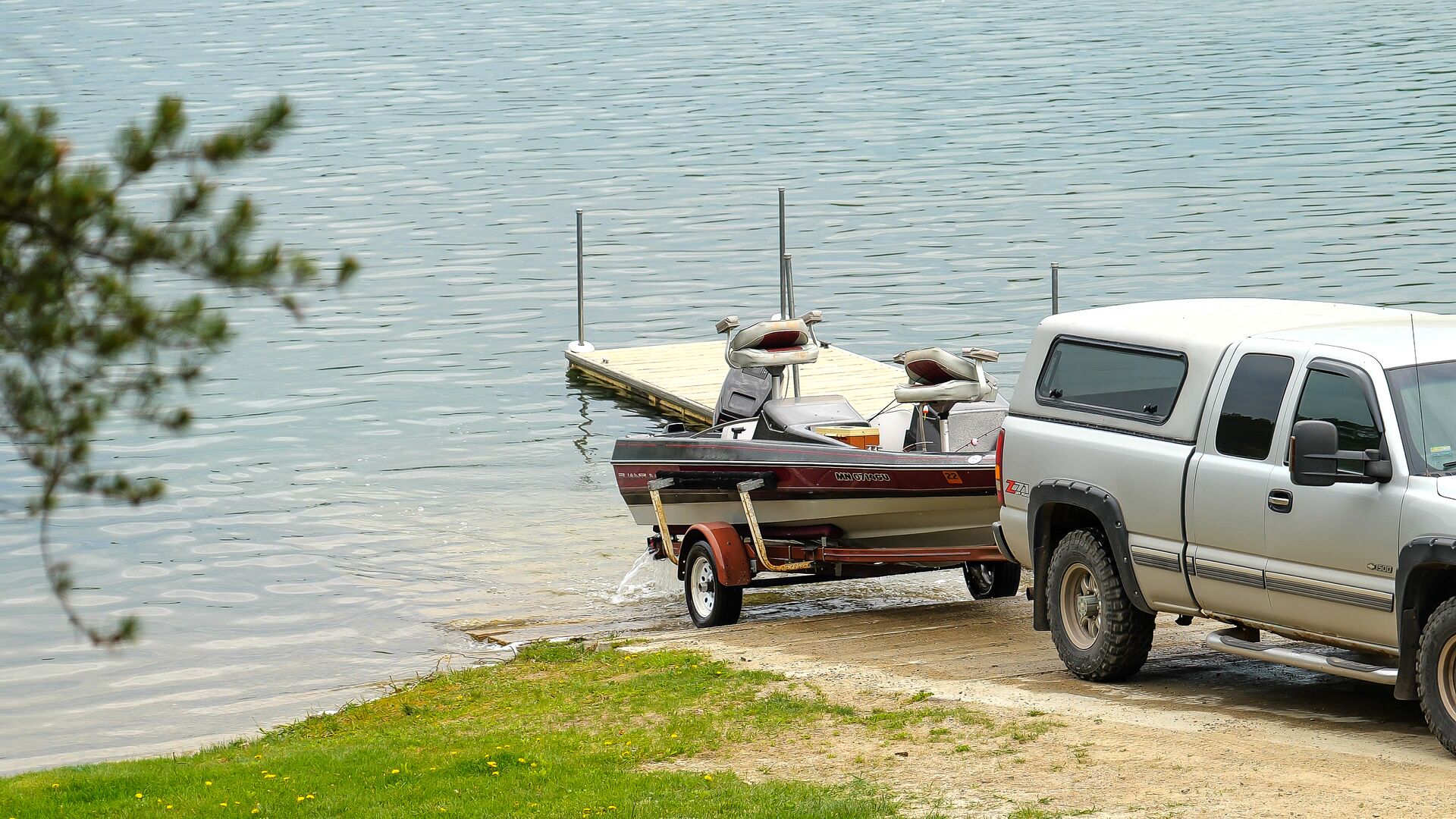
Tips for Efficiency
To get more comfortable with how to launch a boat by yourself, spend some time practicing backing up a trailer in an empty parking lot. That will help you get the feel of it before attempting to launch your boat at the ramp.
Also, bring gloves to handle ropes or cables. That will provide you with added grip and safety and help reduce the risk of injury to your hands. If you're nervous about launching a boat, avoid peak hours at the ramp to reduce stress and wait times until you're more comfortable.
Safety Considerations
As with any boat-related activities — even before you hit the water — safety matters. Always be mindful of other boaters waiting to use the ramp.
You don't have to rush, as that can cause accidents, but you should try to launch quickly and efficiently.
Also, always wear your life jacket when launching or boarding your boat, and double-check your surroundings. Slippery ramps, strong currents, and many other adverse conditions can put you or other boaters at risk.
Conduct a Post-Launch Check
Once you've launched your boat, secure all lines and confirm that the vessel is ready for operation.
Then, store your trailer and vehicle keys in a waterproof container to prevent loss. You don't want to return to the ramp after a great day on the water only to find that you can't get home.
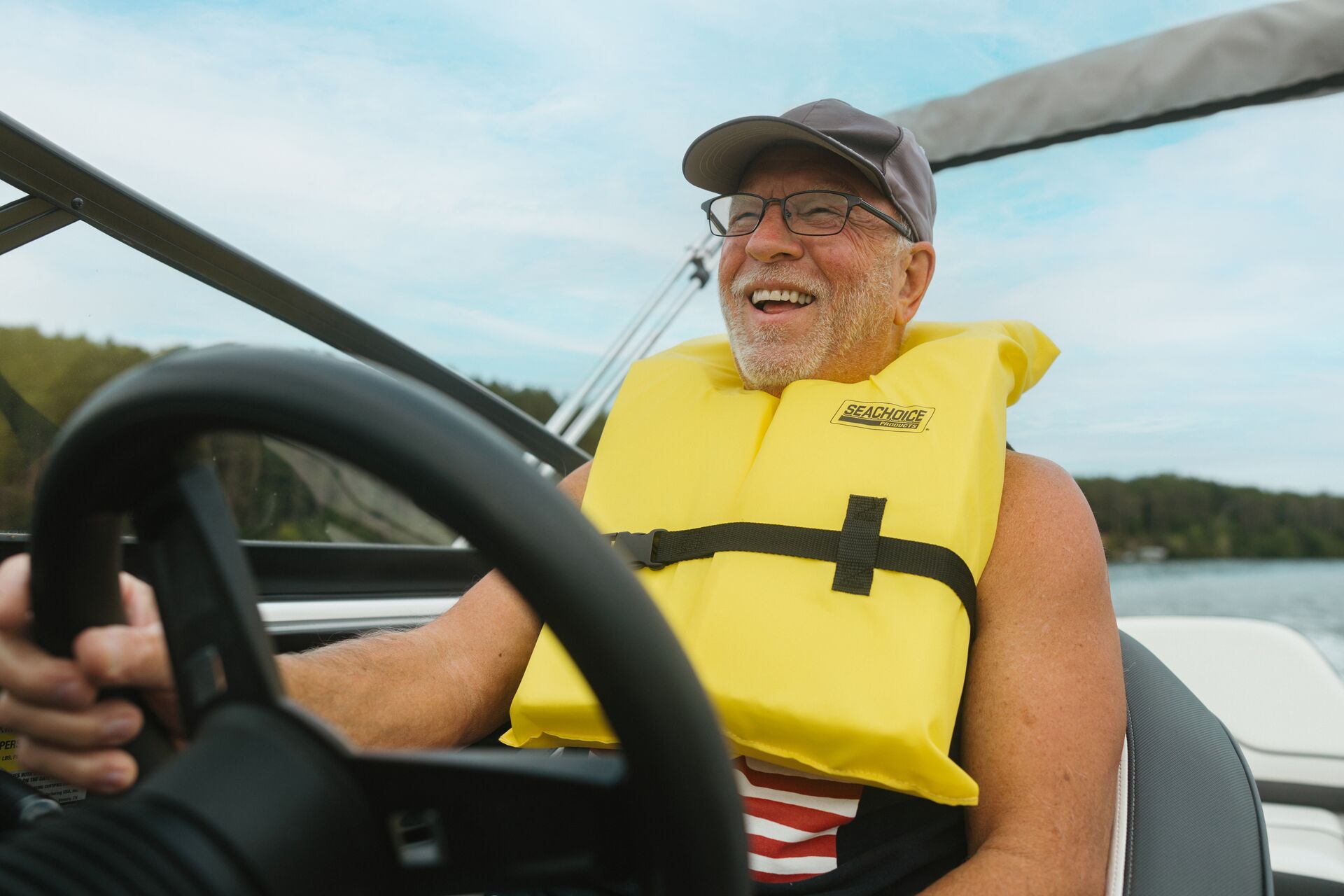
Common Boat Launching Mistakes to Avoid
When discussing how to launch a boat for beginners, we also want to help you avoid common mistakes!
For example, forgetting to put the drain plug in or leaving tie-down straps attached are frequent problems for new boaters. Additionally, rushing through the process, which results in an accident or equipment damage, is common.
Another frequent mistake is not practicing ahead of time to make sure you can back up the trailer. You don't want to have difficulty at the ramp or make other people wait while you make multiple attempts at launching your boat, so be sure you take time to practice.
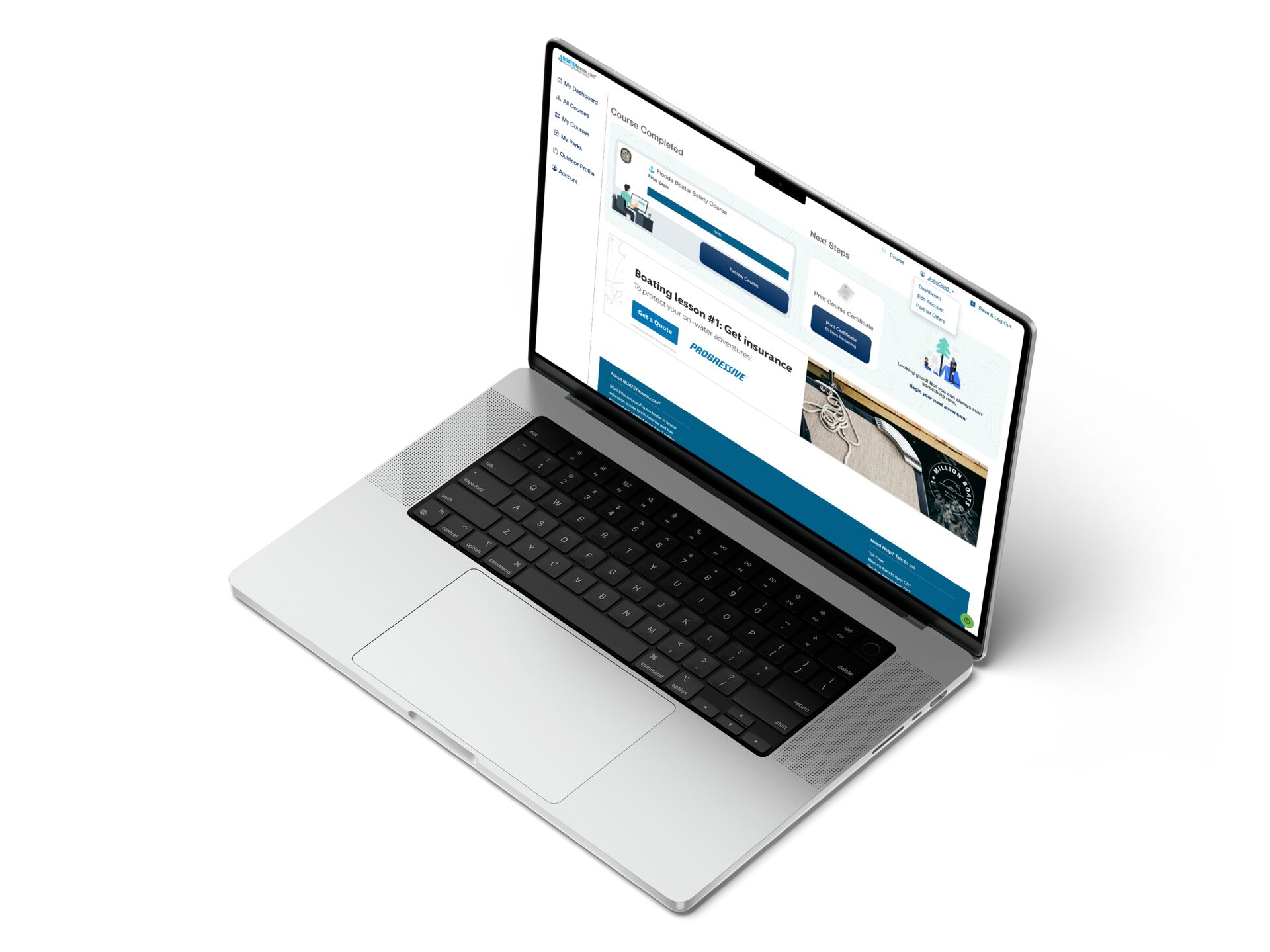
Learn About Launching Boats and More with a Boater Education Course
Learning how to launch a boat alone can seem like an intimidating aspect of boating, but with the right knowledge and some practice, you'll get your boat in the water like a pro!
Another way to enhance your boat-launching experience is to take a boater education course. An online BOATERexam course can help you learn how to stay safe on the water, allowing you to experience increased peace of mind and confidence in all your boating adventures. A course covers boating essentials, including launch tips. Plus, Canada and most U.S. states require a boater education course before boaters can operate a motorized vessel legally.
Get ready to launch this season by completing your course! Canadians, choose our course approved by Transport Canada. Boaters in the U.S., select the course for your state and start learning.

